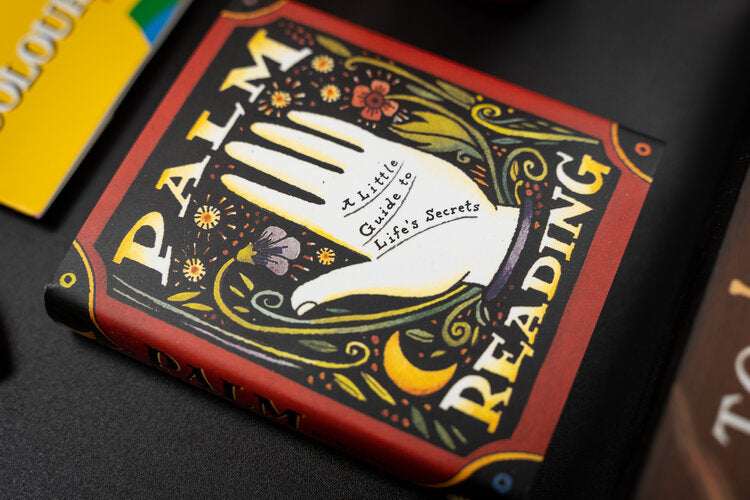
TIS THE SEASON FOR SPOOKY!
Halloween is observed worldwide as a time for wearing costumes and carving pumpkins but the roots of Halloween go back to an ancient Celtic festival called Samhain. Samhain occurred on November first and was viewed by Celts to be a time where the veil between the world of the living and the dead became thin and spirits could return to earth. Druid priests believed that these spirits could give insights and blessings for the future. On the Eve of Samhain (or All Hallow’s Eve in the Christian tradition) bonfires were built and people made costumes to honour the Celtic Gods and Goddesses.

Samhain, also known as Witches New Year, is a time where summer ends and deeper journeys await. For the fourth fire festival of the year, the Goddess transforms from the mother of summer to the Crone of winter and a new wisdom begins to emerge. It’s a time to return to the power of the inner fire and to connect with the source within. Release, let go and prepare yourself for the guidance you will receive.

SOME COMMON SYMBOLS OF HALLOWEEN:
-
Jack-O-Lantern originates from a folk tale about a farmer named Jack who sold his soul to the devil. ‘Stingy Jack’ as he was known, was sent into the night with only a lump of coal to light his way. People believed Jack’s spirit was caught between heaven and hell so they carved faces into turnips, beets and pumpkins to scare him away.
 The colours black and orange are the colours of Halloween. Orange is a symbol of strength and endurance and black is a symbol of death and darkness.
The colours black and orange are the colours of Halloween. Orange is a symbol of strength and endurance and black is a symbol of death and darkness.

-
Black cats became associated with Halloween when Puritan Pilgrims believed witches protected their identities by turning into black cats.

-
The witch’s broom or besom is used to sweep away negative energy.
-
A cauldron represents the Goddess and her womb. The process of transformation in rituals is represented by the elements of water and Fire.

